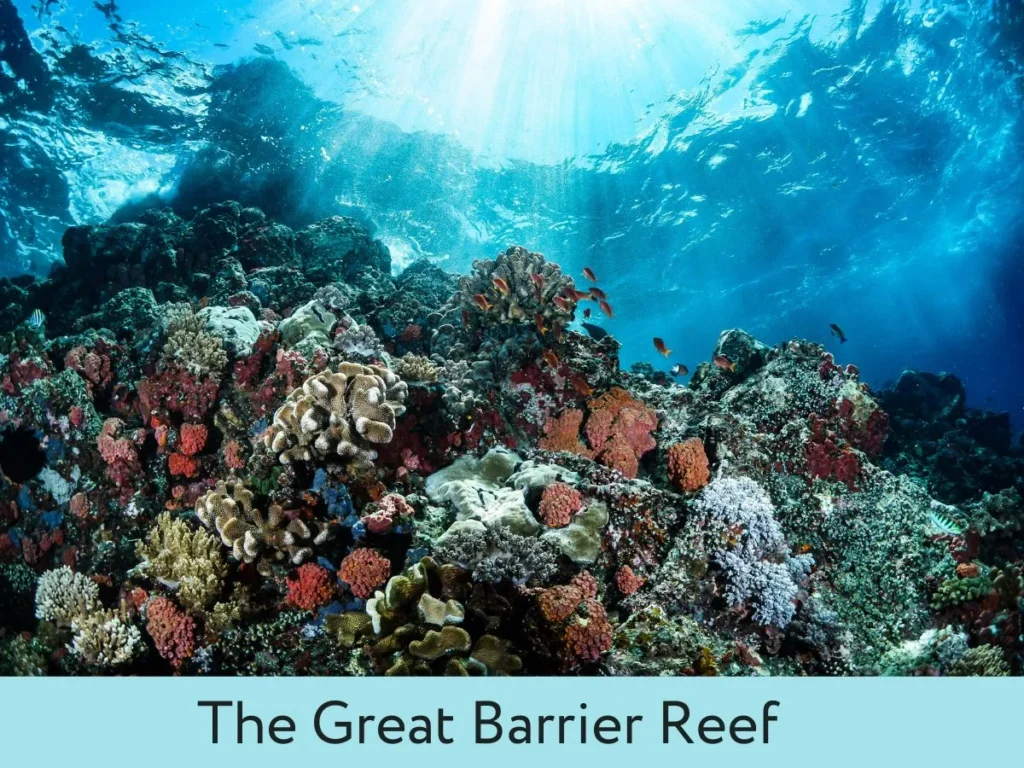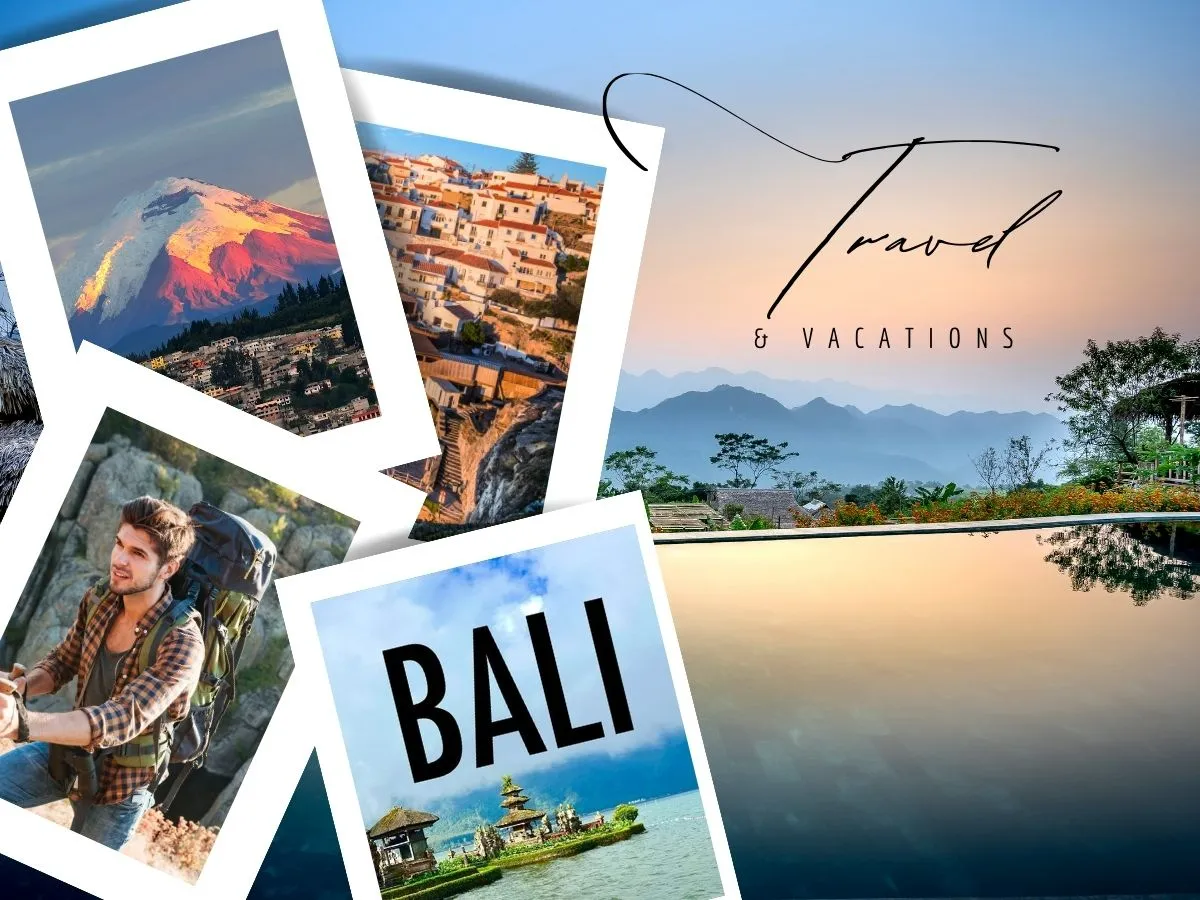Table of Contents
ToggleThe Importance of Travel and Vacations: Reconnect, Recharge, and Reimagine Your World
Why Travel and Vacations are important for someone in his busy life?
Traveling and taking vacations are essential for personal growth and well-being. Venturing beyond our daily routines exposes us to new cultures, broadens our perspectives, and fosters a sense of wonder. It allows us to disconnect from the stresses of work and recharge our mental batteries. These experiences create lasting memories and spark creativity. Traveling can also strengthen relationships as you bond with loved ones over shared adventures. Ultimately, traveling and vacationing enrich our lives by allowing us to learn, explore, and reconnect with ourselves and the world around us.

Here are some beautiful places for your family vacation in coming few months of this year, depending on what kind of experience you’re looking for:
Popular Destination, you may consider
- The Azores, Portugal: This volcanic archipelago in the middle of the Atlantic Ocean is known for its stunning natural beauty, with lush green mountains, geothermal hot springs, and crystal-clear lakes. There are also plenty of opportunities for whale watching, dolphin watching, and other outdoor activities.
- Galapagos Islands, Ecuador: This island chain is famous for its unique wildlife, which inspired Charles Darwin’s theory of evolution. You can see giant tortoises, iguanas, blue-footed boobies, and many other animals that can’t be found anywhere else in the world.
- Tanzania, Africa: Tanzania is home to some of Africa’s most iconic wildlife, including lions, elephants, zebras, and giraffes. You can go on a safari in the Serengeti National Park or climb Mount Kilimanjaro, the highest mountain in Africa.
- French Riviera, France: The French Riviera is a playground for the rich and famous, but it’s also a great place for a family vacation. You can relax on the beach, explore charming towns like Cannes and Nice, or take a day trip to Monaco.
- Bali, Indonesia: Bali is a beautiful island with a rich culture and history. You can visit ancient temples, go white-water rafting, or simply relax on the beach.

The Great Barrier Reef
Now, another beautiful place which you may consider is Top in my list for the 3rd quarter of this current year 2024, which is in Australia “Great Barrier Reef”. We will know more about the place and also see, why we should consider this place for our next vacations.
The Great Barrier Reef is the world’s largest coral reef system composed of over 2,900 individual reefs and 900 islands stretching for over 2,300 kilometers over an area of approximately 344,400 square kilometers. The reef is located in the Coral Sea, off the coast of Queensland, Australia. It is visible from outer space and is the world’s biggest single structure made by living organisms.
The Great Barrier Reef is a UNESCO World Heritage Site and is home to a wide diversity of marine life, including over 1,500 species of fish, 411 species of hard corals, and 134 species of sharks and rays. The reef is an important part of the Australian economy, generating billions of dollars in tourism revenue each year.
However, the Great Barrier Reef is facing a number of threats, including climate change, pollution, and overfishing. Climate change is causing the water to warm, which is bleaching the coral. Pollution from agriculture and runoff from cities is also damaging the reef. Overfishing is reducing the populations of fish that help to keep the reef healthy.
So, why you should visit the Great Barrier Reef?
The Great Barrier Reef is still a beautiful and awe-inspiring place. However, it is important to be aware of the threats that it is facing. If you do decide to visit the reef, there are a number of things you can do to help protect it. Choose a tour operator that is committed to sustainable tourism practices. Avoid touching the coral or standing on it. Be careful not to litter.
Ultimately, the decision of whether or not to visit the Great Barrier Reef is up to you. But I hope that this information has helped you to make an informed decision.
The Great Barrier Reef: A Deep Dive
The Great Barrier Reef is a natural wonder unlike any other on Earth. Here’s an in-depth look at its history, importance, and the reasons why it should be on your travel bucket list:
A Living Legacy: A Reef’s History
- Ancient Origins: The story of the Great Barrier Reef stretches back millions of years. Coral polyps, tiny marine animals, began building the reef structure around 25 million years ago. Sea level fluctuations throughout history played a crucial role in its formation.
- Indigenous Connection: Aboriginal and Torres Strait Islander peoples have a deep connection to the reef dating back over 60,000 years. Their stories and traditions hold valuable knowledge about the reef’s ecology and history.
- European Discovery: Captain James Cook’s fateful encounter with the reef in 1770 marked the beginning of European exploration and scientific study.
A Thriving Ecosystem: Importance of the Reef
- Biodiversity Hotspot: The Great Barrier Reef is the world’s largest coral reef system. It’s home to a staggering variety of marine life, with over 1,500 species of fish, 411 types of hard coral, and countless invertebrates, making it a biodiversity hotspot.
- Ocean Nursery: The reef provides a vital breeding ground and nursery for many marine species. Fish, turtles, and countless other creatures rely on the reef’s intricate structure for shelter, food, and reproduction.
- Coastal Protection: The reef acts as a natural barrier, absorbing wave energy and protecting the Australian coast from erosion and storms.
- Economic Engine: Tourism on the Great Barrier Reef generates billions of dollars for Australia each year. It also supports fisheries and provides jobs for many people.
A Kaleidoscope of Wonders: Major Features
- A Network of Reefs: The Great Barrier Reef isn’t a single continuous structure, but rather a vast network of over 2,900 individual reefs and 900 islands stretching for over 2,300 kilometers.
- Fringing, Barrier, and Ribbon Reefs: Different types of reefs make up the system. Fringing reefs hug the coastline, barrier reefs lie further offshore with a lagoon in between, and ribbon reefs are long, narrow structures.
- Whitsunday Islands: This scenic archipelago boasts pristine white-sand beaches and turquoise waters, making it a popular tourist destination.
- Great Barrier Reef Marine Park: Established in 1975, this marine park is the world’s largest, protecting the reef and its incredible biodiversity.
Why the Great Barrier Reef Belongs on Your Bucket List
- Witness a Natural Wonder: Seeing the vibrant colors and diverse life of the reef firsthand is an unforgettable experience.
- Support Conservation: Responsible tourism can contribute to conservation efforts and ensure the reef’s survival for future generations.
- Unparalleled Scuba Diving/Snorkeling: Explore the underwater world teeming with colorful fish, coral formations, and fascinating creatures.
- Cultural Experiences: Learn about the rich indigenous connection to the reef and its significance in their culture.
- Island Adventures: Visit idyllic islands with pristine beaches, lush rainforests, and unique wildlife encounters.
Considering the Challenges
The Great Barrier Reef faces significant threats, including climate change, pollution, and overfishing. These factors contribute to coral bleaching, impacting the reef’s health. However, extensive conservation efforts are underway to protect this natural wonder.
A Responsible Visit
If you choose to visit the Great Barrier Reef, prioritize responsible tourism practices. Choose tour operators dedicated to sustainable practices that minimize their environmental impact. Be mindful of your actions to ensure you leave no trace and contribute to the reef’s preservation.
The Great Barrier Reef is a natural treasure unlike any other. By understanding its importance, appreciating its beauty, and supporting conservation efforts, you can experience this wonder and contribute to a brighter future for this irreplaceable ecosystem.
Visiting the Great Barrier Reef is an incredible experience, but it requires a bit of planning due to its remote location.

Traveling from India:
- Flights: There are no direct flights from India to the Great Barrier Reef. You’ll need to book connecting flights, most likely via a major Australian city like Brisbane, Cairns, or Sydney. The total travel time can range from 18 to 24 hours depending on layovers.
- Visas: Citizens of India require a visa to enter Australia. You can apply for an Electronic Travel Authority (ETA) online before your trip.
- Internal Flights: Once you arrive in Brisbane, Cairns, or Sydney, you’ll need to take a connecting flight to a reef destination like Hamilton Island, Hayman Island, or Whitsunday Islands.
Traveling from the USA:
- Flights: Similar to India, there are no direct flights from the USA to the Great Barrier Reef. Flights from Los Angeles or San Francisco to Brisbane, Cairns, or Sydney are common routes, with a total travel time of around 15 to 20 hours depending on layovers.
- Visas: US Citizens can apply for an Electronic Travel Authority (ETA) online before their trip.
- Internal Flights: Similar to traveling from India, you’ll need to take a connecting flight from Brisbane, Cairns, or Sydney to a reef destination.
Ideal Itinerary (7 Days):
This itinerary is a suggestion and can be customized based on your interests and preferences.
- Day 1-2: Arrive in your chosen gateway city (Brisbane, Cairns, or Sydney). Spend a day or two exploring the city, visiting cultural attractions, or acclimatizing to the time difference.
- Day 3-5: Fly to your Whitsunday Island or reef destination. Here you’ll check into your accommodation and embark on various day trips or tours to explore the Great Barrier Reef. Activities can include snorkeling, scuba diving, scenic helicopter tours, glass-bottom boat tours, and visiting nearby islands.
- Day 6: Spend a relaxing day at the beach, explore your island resort, or take a day trip to a different reef location.
- Day 7: Fly back to your gateway city and connect with your international flight back home.
Additional Tips:
- The best time to visit the Great Barrier Reef is during the dry season, from May to October. During this time, you’ll experience sunny skies, calm seas, and optimal visibility for snorkeling and diving.
- Choose a reputable tour operator that prioritizes sustainable practices and minimizes their environmental impact.
- Pack reef-safe sunscreen and swimwear. Many reef destinations have banned harmful chemicals to protect the coral.
- If you’re planning to go scuba diving, ensure you have the proper certification and experience.
Visiting the Great Barrier Reef is a once-in-a-lifetime experience. By planning your trip carefully and following responsible tourism practices, you can help ensure this natural wonder thrives for future generations.
